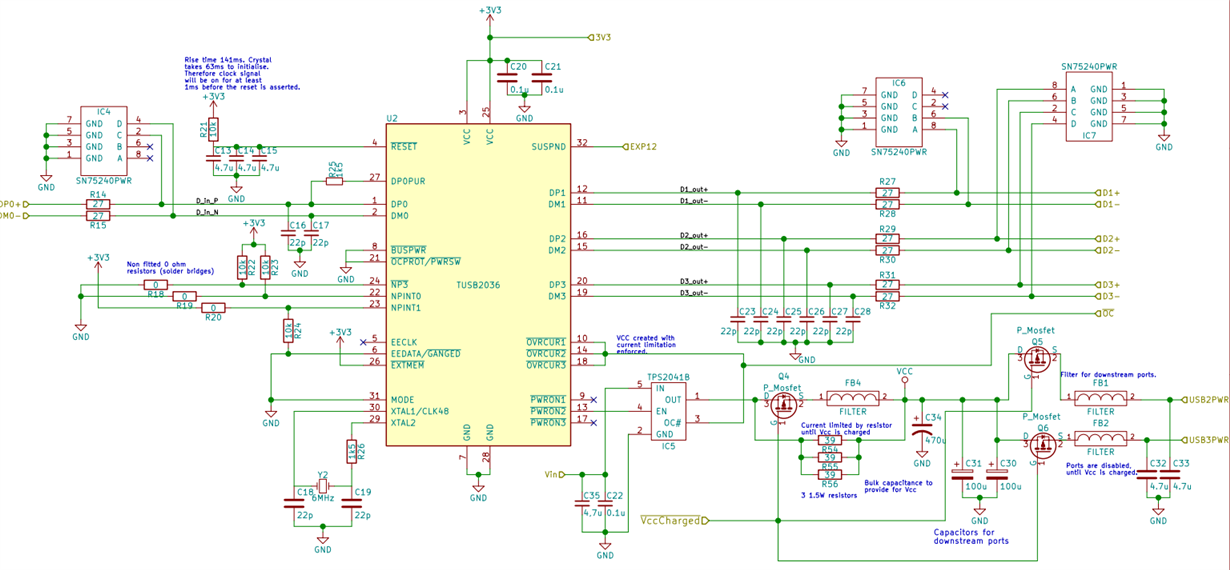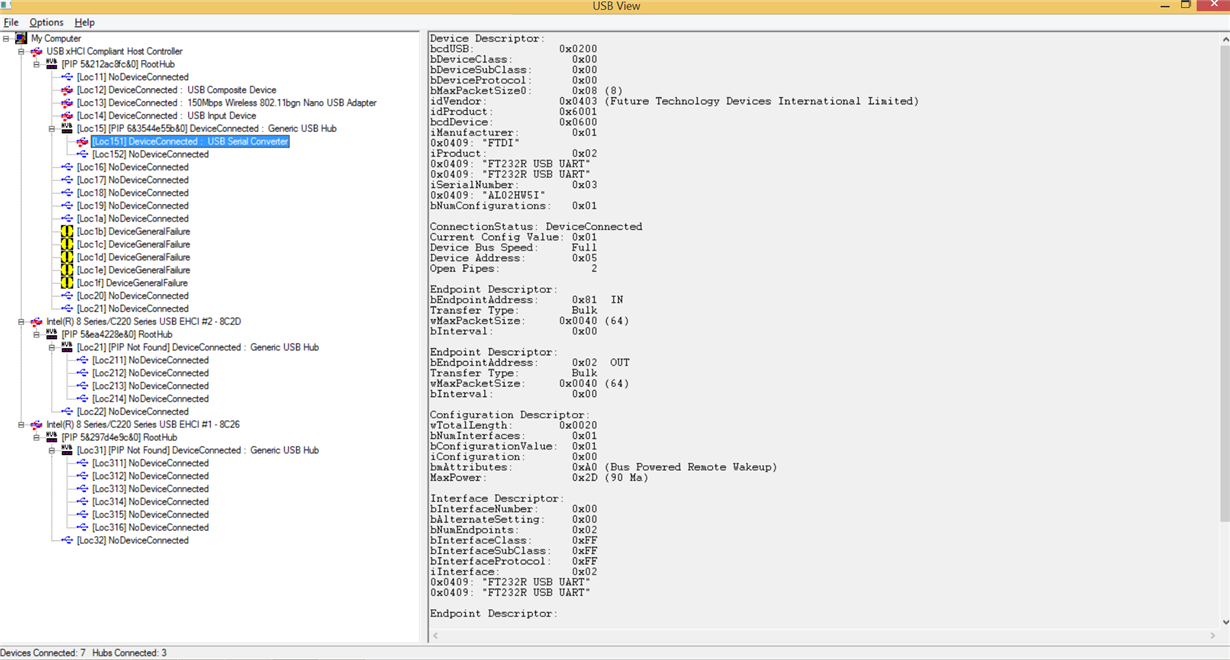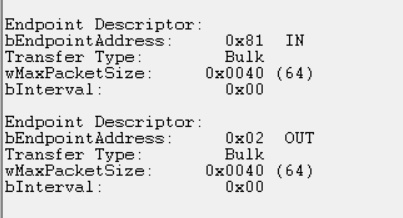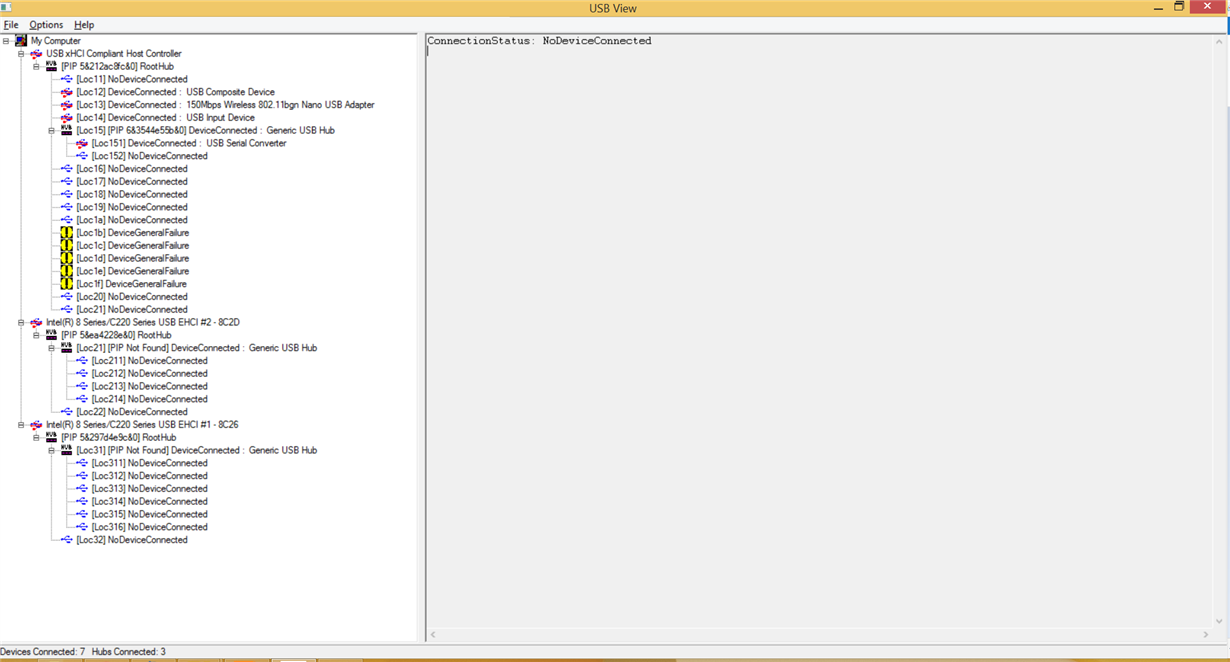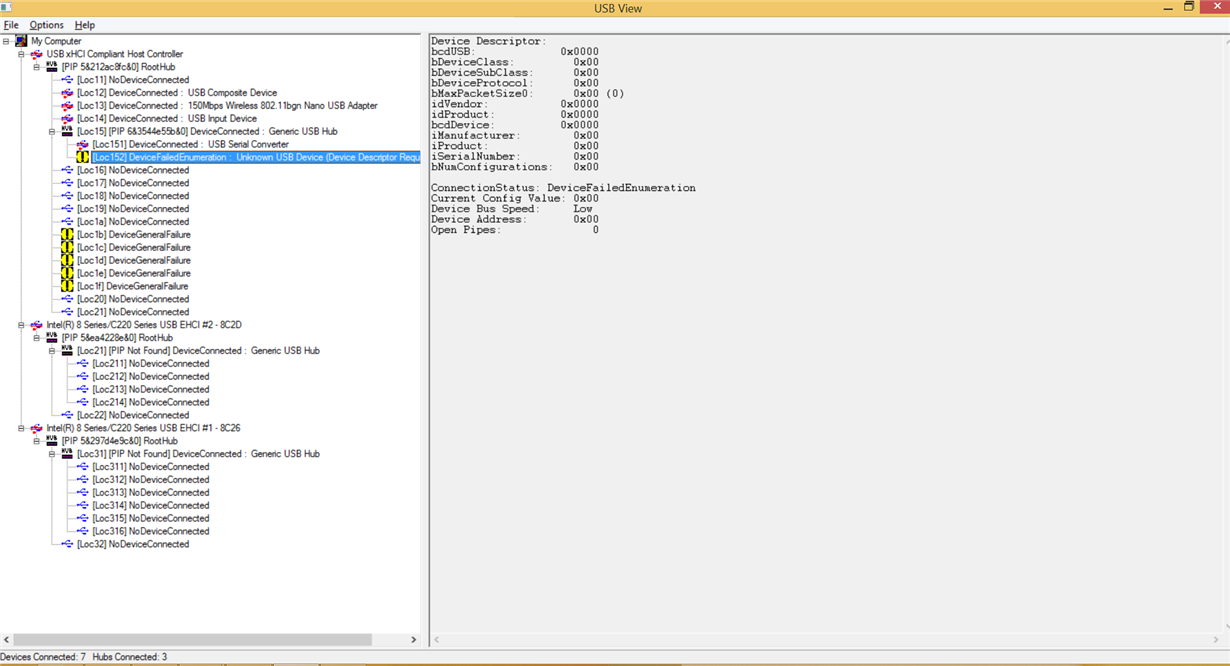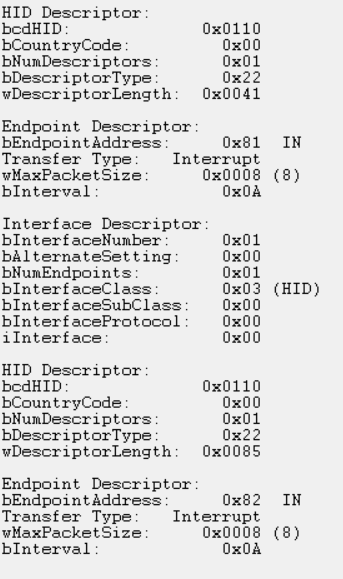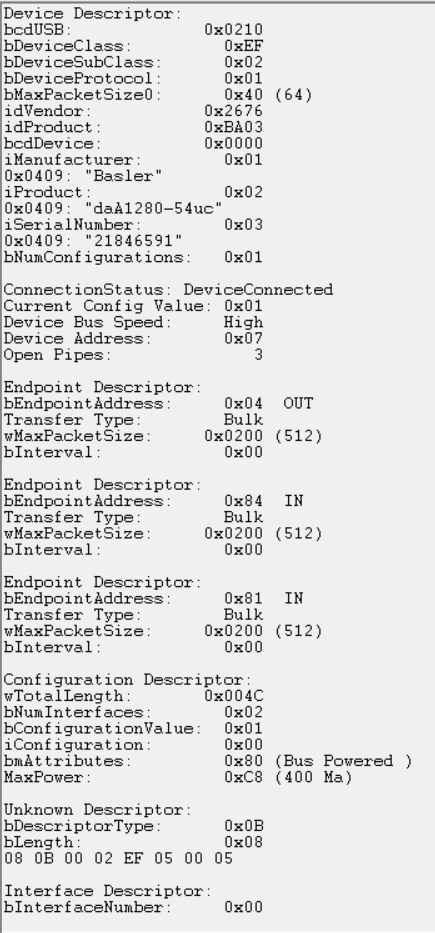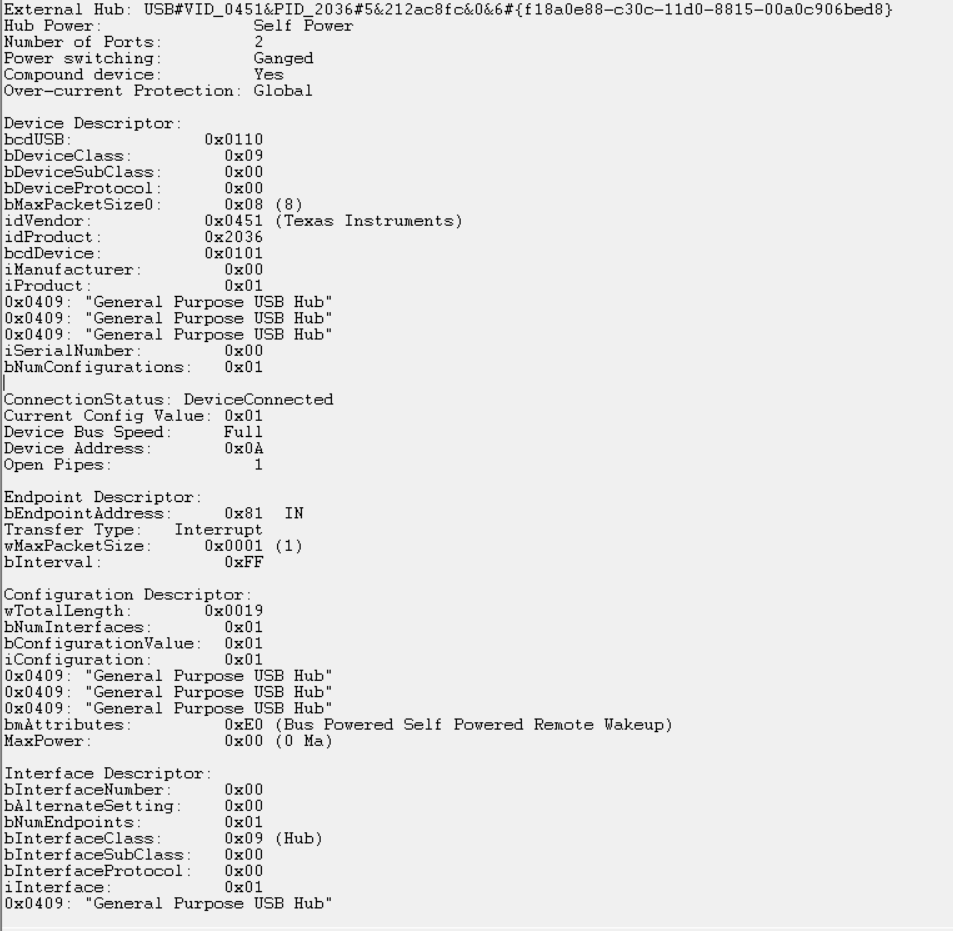I inserted a TUSB2036 USB hub into my design. It is statically connected to a FTDI USB to UART chip and has the other two ports available as USB connectors. Port number three is disabled by pulling NP3# high. The design is on a 4 layer PCB, all differential traces are length matched, all differential traces have the 3W rule applied to them, and the board is impedance controlled +-15%.
I have programmed the microcontroller and I am using it to communicate with the computer and all works as it should. I have furthermore tested the USB port that I have available with numerous devices, including a mouse, a keyboard (HID devices), and an Arduino. All of that works fine and I am able to get communications working between the computer and those devices.
However, the intended device that I want it to interface with is a camera, the problem I am having is that Windows puts the device into suspend mode as the device descriptor request failed. I tried a few different cameras and they all had this same issue as well as a different USB hub (purchased as an off the shelf USB hub product) all of those resulted in the same. Plugging the intended camera through the off the shelf hub enumerates it as it should. All of the devices that get this error work when plugged directly into the computer as well.
All I could find in the datasheet of the TUSB2036 about descriptors and vendor IDs was under section 8.4.2 which I take to be about the hub's vendor ID.
I have not worked a lot with USB and this was the first time I included a USB hub in my design. I hope someone can help me out troubleshooting this.


